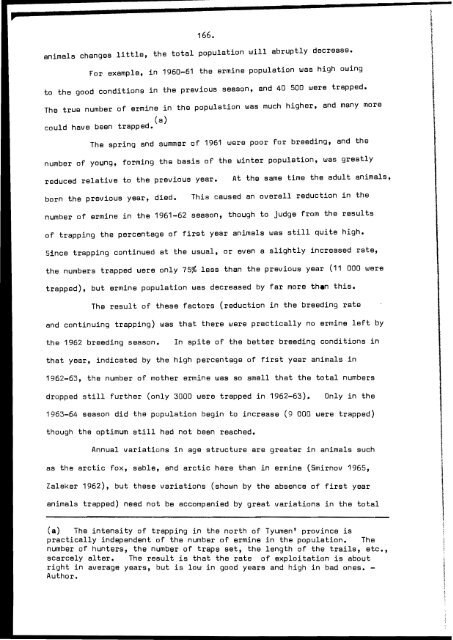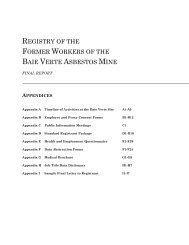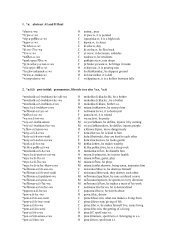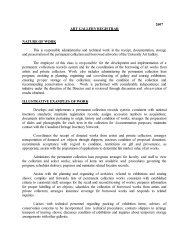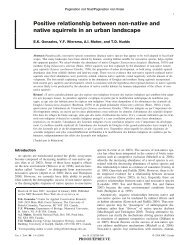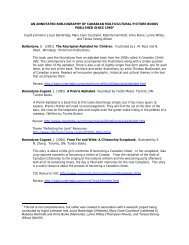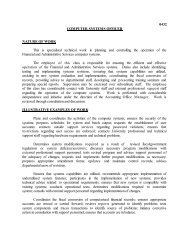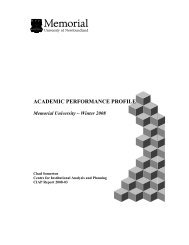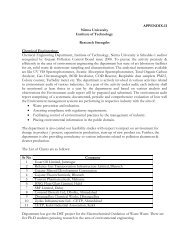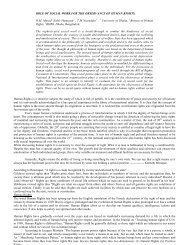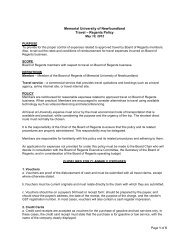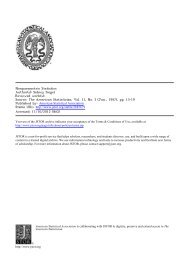Create successful ePaper yourself
Turn your PDF publications into a flip-book with our unique Google optimized e-Paper software.
p<br />
166.<br />
animals changes little, the total population will abruptly decrease.<br />
For example, in 1960-61 the ermine population was high owing<br />
to the good conditions in the previous season, and 40 500 were trapped.<br />
The true number <strong>of</strong> ermine in the population was much higher, and many more<br />
(a)<br />
could have been trapped.<br />
The spring and summer <strong>of</strong> 1961 were poor for breeding, and the<br />
number <strong>of</strong> young, forming the basis <strong>of</strong> the winter population, was greatly<br />
r<br />
t<br />
I<br />
reduced relative to the previous year. <br />
At the same time the adult animals,<br />
born the previous year, died.<br />
This caused an overall reduction in the <br />
number <strong>of</strong> ermine in the 1961-62 season, though to judge from the results <br />
<strong>of</strong> trapping the percentage <strong>of</strong> first year animals was still quite high. <br />
Since trapping continued at the usual, or even e slightly increased rate, <br />
the numbers trapped were only 75% less than the previous year (11 000 were <br />
trapped), but ermine popUlation was decreased by far more then this. <br />
The result <strong>of</strong> these factors (reduction in the breeding rate<br />
and continuing trapping) was that there were practically no ermine left by<br />
the 1962 breeding season.<br />
In spite <strong>of</strong> the better breeding conditions in<br />
that year, indicated by the high percentage <strong>of</strong> first year animals in<br />
1962-63, the number <strong>of</strong> mother ermine was so small that the total numbers<br />
dropped still further (only 3000 were trapped in 1962-63).<br />
Only in the<br />
1963-64 season did the population begin to increase (9 000 were trapped)<br />
though the optimum still had not been reached.<br />
Annual variations in age structure are greater in animals such ,<br />
as the arctic fox, sable, and arctic hare than in ermine (Smirnov 1965,<br />
Zaleker 1962), but these variations (shown by the absence <strong>of</strong> first year<br />
1<br />
animals trapped) need not be accompanied by great variations in the total<br />
(a) The intensity <strong>of</strong> trapping in the north <strong>of</strong> Tyumen' province is <br />
practically independent <strong>of</strong> the number <strong>of</strong> ermine in the population. The <br />
number <strong>of</strong> hunters, the number· <strong>of</strong> traps set, the length <strong>of</strong> the trails, etc., <br />
scarcely alter. The result is that the rate <strong>of</strong> exploitation is about <br />
right in average years, but is low in good years and high in bad ones. <br />
Author. <br />
1


